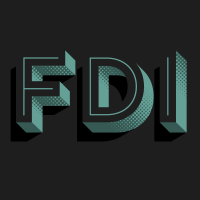- A modern blackletter font with decorative caps
- 1,386 views

FDI Support


















We use functional cookies to help make this website better.